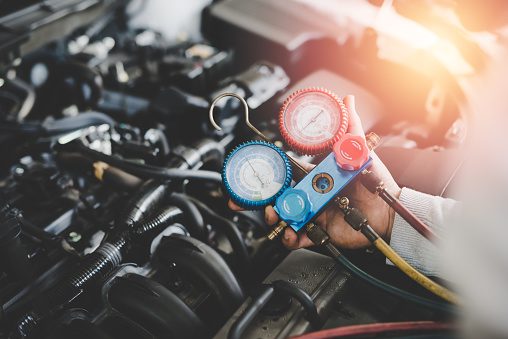In the maritime industry, safety is of paramount importance. This is true for both the crew and cargo on board the ship, but also for the environment in which the vessel is operating. Leak detection systems and hatch cover testing are two of the most important components of a safe and reliable ship. In this article, we will discuss how leak detection systems and hatch cover testing can improve ship safety and the importance of these features for the maritime industry.
Leak detection systems are an essential part of maintaining a safe and reliable ship. They allow for early detection of any potential leaks that may occur, ensuring that the ship is safe to operate. Leak detection systems can be a combination of sensors, thresholds, alarms, and monitoring systems that provide an early warning of any potential leaks. These systems are designed to detect any potential leaks that could occur from the hull, pipes, or tanks.
Leak detection systems provide a number of benefits to ships. They can help to reduce the risk of environmental damage, as they can detect any potential leaks early and alert the crew to take corrective action. Leak detection systems also help to reduce the risk of personal injury, as they can detect any hazardous leaks and alert the crew to take corrective action. Finally, leak detection systems can help to reduce the risk of financial loss, as they can detect any potential leaks and alert the crew to take corrective action before any costly damage is done.
Despite the many benefits of leak detection systems, there are also some challenges associated with them. These include the cost of installation and maintenance, as well as the complexity of the systems themselves. Additionally, there is the challenge of false alarms, as the systems may detect potential leaks that are not actually present. Finally, there is the challenge of calibration, which is necessary to ensure that the systems are working correctly.
Hatch cover testing is another important component of maintaining a safe and reliable ship. The testing is designed to ensure that the hatch covers on the ship are in proper working order, and that they are secure and leak-proof. This is especially important for cargo ships, as they are transporting goods that are vulnerable to water damage.
Hatch cover testing provides a number of benefits to ships. It helps to reduce the risk of both personal injury and financial loss, as any potential leaks can be detected and corrected before any damage is done. Additionally, it helps to ensure that the cargo is not damaged due to water ingress, which can be costly for the ship’s owners.
Despite the many benefits of hatch cover testing, there are also some challenges associated with it. These include the cost of installation and maintenance, as well as the complexity of the testing process. Additionally, there is the challenge of false alarms, as the testing may detect potential leaks that are not actually present. Finally, there is the challenge of calibration, which is necessary to ensure that the testing is working correctly.
Leak detection systems and hatch cover testing are essential components of maintaining a safe and reliable ship. They provide a number of benefits, such as reducing the risk of both personal injury and financial loss, as well as helping to ensure that the cargo is not damaged due to water ingress. While there are some challenges associated with both systems, such as cost, complexity, false alarms, and calibration, they are essential components of maintaining a safe and reliable ship.





























